The family longest connected with Eachwick were the Akensides. [106] The name of Thomas Akenside, gent., of Eachwick, appears on the list of freeholders in Northumberland in 1628; and immediately to the right on entering Heddon Church is a marble tablet to the memory of "Captain William Akenside of the 14th Regmt. of Foot, son of William Akenside, late of Eachwick, who died 22 October, 1830, aged 49." Mark Akenside, the poet (1721-1770), belonged to this family, of which his father was a younger son settled in business as a butcher in Newcastle, and it was his uncle of Eachwick who bore all the expenses of his education. [107]
106 There is a curious petition of Hugh Akenside, of Hawkwell (near Stamfordham), to Quarter Sessions in 1718, for relief for his wife, he being in Morpeth Gaol for debt. He states that 'his ancestors, had beene inhabesters in Hawkwell near 200 yeares.' Extracts Sessions Records of Northumberland, in Lib. Soc. Antiq., Newc. Akenside was the name of a place in Redesdale, mentioned in the Inq. post mortem of Eleanor, wife of Robert Umfreville, in 1363. Hodgson's Northd., II., i., p. 110
107 Richardson's Borderer's Table Book, II., p. 184. The Akensides were Dissenters (see Bucke's Life of Akenside, p. 1) ; their baptisms are consequently entered in the register in the following disrespectful fashion: '3 Mar., 1701/2, Hannah, daughter to Thomas and Ann Akenside of Eachwick, said to be baptized by somebody ;' and ' Abraham, son to Thomas Akenside of Eachwick, a Dissenter, said to be baptized by somebody, 18 Dec., 1716.' Two twins of the family were called Moses and Aaron.
Sacred to the memory of Captain William Akenside of the 14th Regt of Foot son of William Akenside late of Eachwick who departed this life the 22nd of Oct 1830 aged 49 years. Also died on the 26th of March 1832 Mary Akenside aged 82 years this monument is erected by Hannah Akenside as the last tribute of duty and affection both to her honoured mother and beloved brother.
The details about Lt. Akenside were added by students of Whitburn Church of England Academy.
Butcher Bank, which linked The Side to Dog Bank, was the location of medieval butcher's shops. They also had shops in Flesher-Rawe.
Would I again were with you, O, ye dales
of Tyne, and ye most ancient woodlands! where
Oft, as the giant flood obliquely strides,
And his banks open, and his lawns extend,
Stops short the pleaséd traveller to view,
Presiding o'er the scene, some rustic tow'r,,
Founded by Norman or Saxon hands.
O ye Northumbrian shades! which overlook
The rocky pavement and the mossy falls
Of solitary Wensbeck’s limpid stream,
How gladly I recall your well-known seats
Beloved of old; and that delightful time
When, all alone, for many a summer’s day
I wandered through your calm recesses, fed
In silence by some powerful hand unseen.
Robin Dix has also published two books: Mark Akenside: A Reassessment (2000) and The Literary career of Mark Akenside (2006).
No. 33 Akenside Hill, birthplace of Mark Akenside the poet and physician. He was born above his father's shop on 9 November 1721. When he was seven, a butcher's cleaver fell on his foot, leaving him with a permanent limp. According to his contemporaries, Akenside did not have a particularly pleasant disposition and was not proud of his place of birth. He died in 1770 was was buried in St. James Church, Westminster. The house in which Akenside the poet was born is identifiable due to diamond shaped relief on the wall of the first floor. On north side of Akenside Hill (formerly Butcher Bank). Timber, 3 storeys
Unfortunately his birth place in Newcastle has been pulled down, and the house rebuilt. But before it succumbed to demolition the old place was the scene of a centenary demonstration (in 1821), whereat enthusiastic Novocastrians recited turgid verse and dined merrily.
And Joe believes there are still many Geordies suffering from ‘Akenside Syndrome’ which he describes as; “A condition of feeling ambivalent towards Newcastle or Tyneside despite often retaining a strong emotional bond with and/or sincere affection for the area. A vague sense of unease and feeling of not quite belonging or fitting in.”

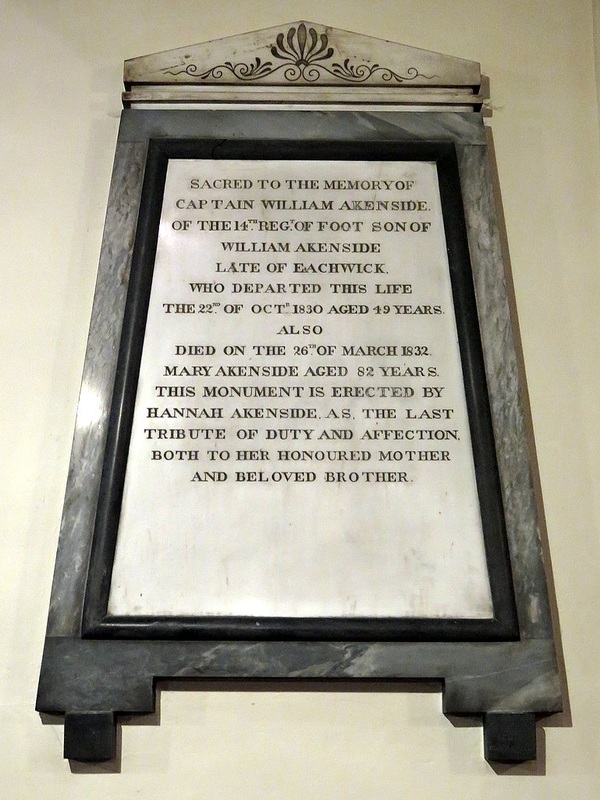

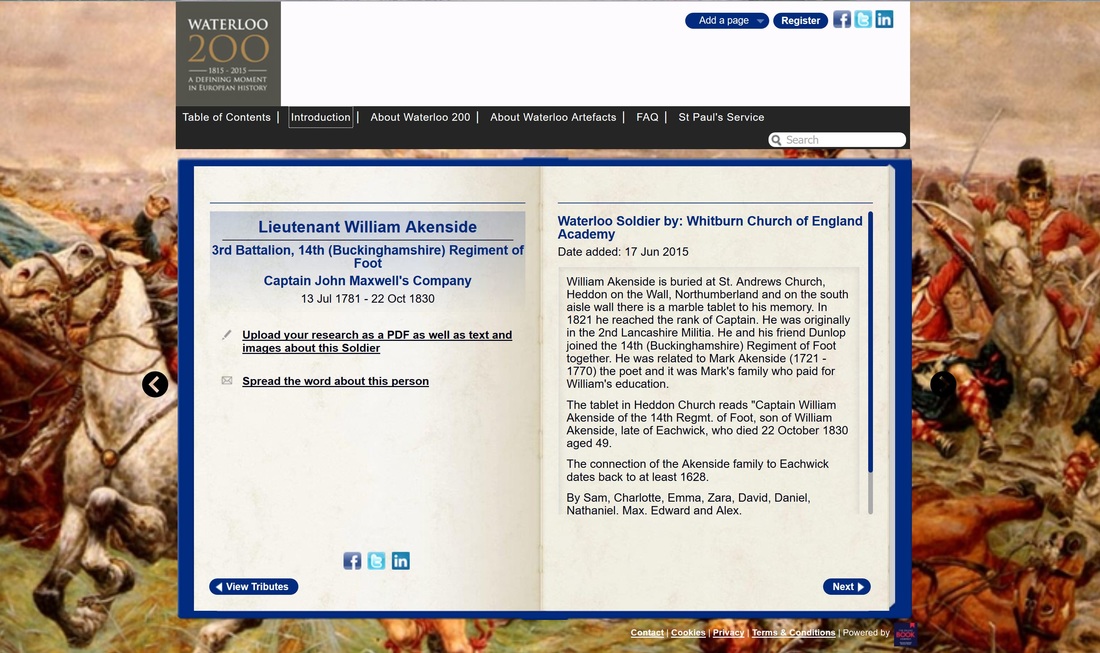
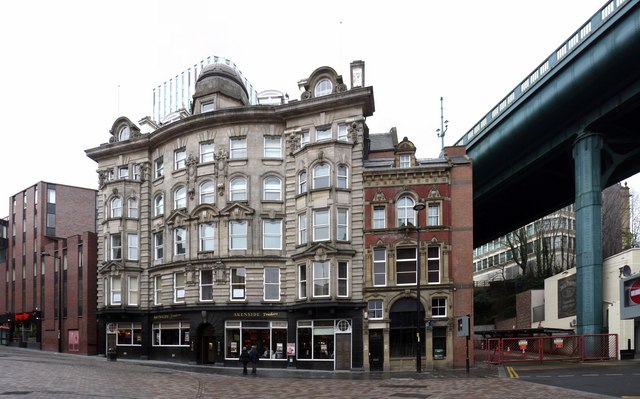

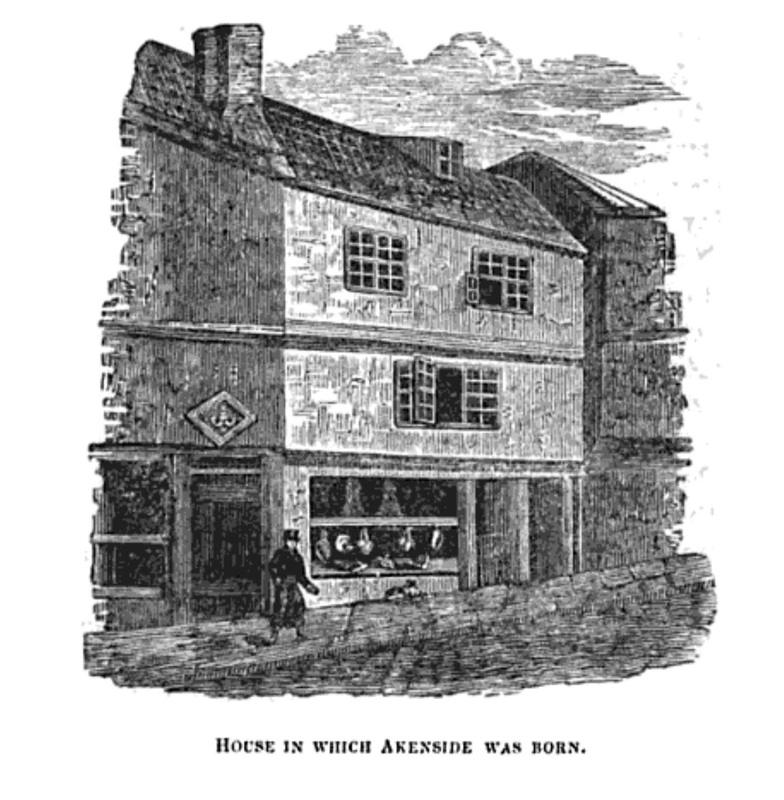
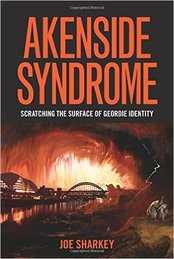
 RSS Feed
RSS Feed
